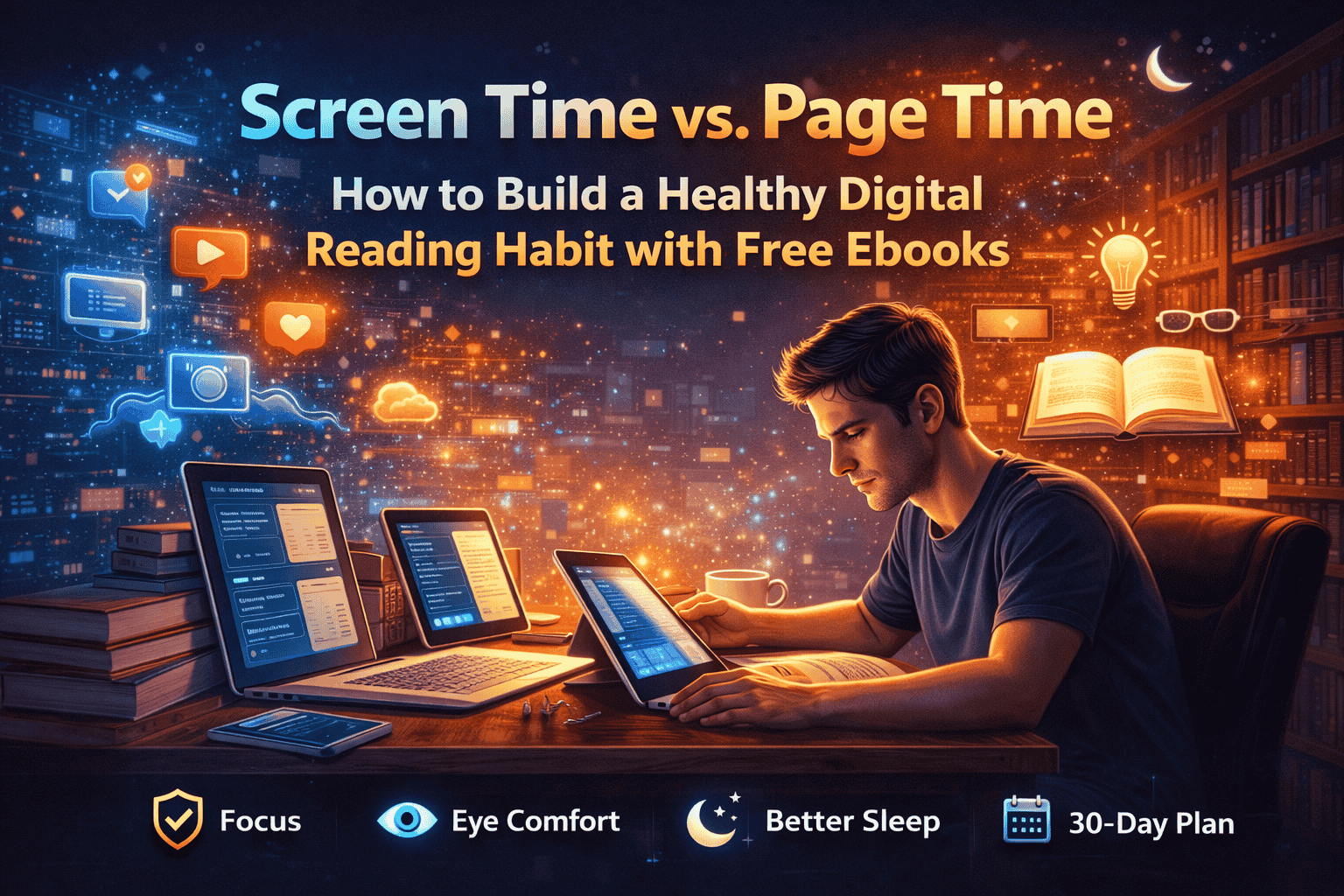The Rise of Sophisticated Extended Reality (XR) Gadgets
If you were informed ten years ago that you'd have the capability to sit in your bedroom and yet walk through the Louvre, attend a BTS concert in Seoul, or stand on the Martian ground—all without moving from your chair—you would've probably chuckled. And look at us now. Welcome to the world of Extended Reality (XR), technology which is creeping out of the pages of science fiction movies into our day-to-day reality.
At junkybooks, we're always intrigued by the manner in which technology advances, especially when it revolutionizes the way we see and interact with the world—literally. XR is doing just that, remapping the boundaries between physical and virtual worlds.
The Meaning Behind the Buzzword
XR is an umbrella term used for virtual reality (VR), augmented reality (AR), and mixed reality (MR). In simpler terms, XR merges the real and virtual worlds in a way that makes the unreal feel very real.
The journey of XR began with the early virtual reality headsets, which were large, restrictive, and mostly focused on gaming. They were amazing at the time but nowhere near perfect. I remember still trying one out at a tech expo—it was like looking through a pixelated viewfinder strapped to your face. Fast forward to today, and we now have thin devices that can display realistic worlds, track your real-time movements, and even detect your emotions with facial sensors.
That did not happen overnight.
The Tech Behind the Transformation
The development of new-generation XR headsets has been fueled by the evolution in several fields, such as high-definition displays, ultra-low-latency processing, spatial audio, and high-performance chips. All of these have facilitated headsets to be lighter, more responsive, and much, much more immersive.
One of the most significant developments has been in display and optics technology. The XR hardware of today uses OLED and micro-LED displays offering clear images and rich colors. Coupled with more advanced eye-tracking and foveated rendering (which focuses resolution on where your gaze is), the experience feels unexpectedly natural. There are moments in XR when you literally forget you're wearing a headset—that's how advanced we've become.
But perhaps the most revolutionary shift has been from the software side. AI has moved to center stage in XR development. It helps personalize experiences, predict user behavior, and even generate environments dynamically. That is, the software is getting smart, allowing devices to do more with less input.
Not Just for Gamers Anymore
Though gaming contributed to XR devices' popularity, their application goes much farther than entertainment. Consider education, for example. Students can now virtually dissect frogs, visit the pyramids of Giza, or model chemical reactions—all without risk or cost.
In medicine, XR is being used for everything from treating mental illness to practicing surgeons. I've interviewed a medical student who practiced a complex procedure in VR prior to going into the operating room. "It wasn't a game," she said, "It felt like I was actually saving a life." That's the kind of impact XR is starting to make.
Even the corporate world is climbing aboard. Virtual teams now have meetings in virtual spaces, with 3D data visualizations and virtual whiteboards for background. I've recently taken part in a virtual workshop in which the participants were avatars that strolled through a serene virtual forest. Creepy? Yep. Successful? Definitely.
Making XR More Human
One of the most prominent areas of development in XR hardware is making devices more intuitive—more human. Gesture recognition has improved, voice interfaces are smoother, and haptic feedback is also becoming more advanced. You can now "touch" a virtual handshake or feel the tension from pulling a virtual bowstring.
And perhaps the most intriguing frontier is emotional intelligence. High-end XR headsets are being designed to track facial expressions, eye movement, and even your heart rate to assess how you're feeling. Imagine a meditation application that adjusts its ambiance depending on your degree of tension, or a virtual therapist who responds sensitively in the moment. That's not a fantasy—it's already in early testing phases.
These are not just cool tricks; they're essential. The more embedded XR gets, the more we need the technology to be natural and responsive, rather than mechanical or standoffish. More and more developers are coding with psychology, ergonomics, and accessibility in mind.
The Roadblocks Ahead
As great as all the promise is, XR still has challenges. The largest one remains affordability. While Meta Quest Pro and Apple Vision Pro are incredible devices, they're pricey and therefore out of reach for most individuals. And then there's motion sickness, battery life, and the embarrassment factor of wearing headgear for hours on end.
Privacy and ethics are also at the forefront. With devices tracking your body and emotions, the amount of data collected is mind-boggling. Who does the data belong to? How is it kept safe? Can it be used for ill? These are questions fueling debates between developers, ethicists, and legislators.
For all this, these are growing pains. Every revolutionary tech suffers through them. And the XR community is hard at work on solutions—more light headsets, decentralized storage of data, and improved user consent structures are all in the works.
A Glimpse Into Tomorrow
The future of XR is beyond headsets. Artificial. XR glasses, contact lenses, and even direct. neural interfaces that have nothing. to do with the eyes. One thing is. certain: soon enough, you. won't be reaching. for your. phone or. laptop—you. will just. gesture, blink, or. think, and the digital world. will. spill open.
The overlap of XR with other technologies like 6G, AI, and the blockchain will be no less significant. Imagine a totally decentralized, incredibly fast XR internet where your identity is secure, your experience personalized to you, and your data in your control.
At junkybooks, we’ve even started using XR environments to brainstorm ideas and visualize articles. It’s surreal—imagine floating through a digital library, pulling inspiration off virtual shelves, or arranging storyboards in mid-air. It’s creativity unbound.
Closing Thoughts: The Magic Is Real
The production of next-generation XR tech is more than a technological leap—it's a cultural shift. It compels us to reimagine what we understand as presence, interaction, and reality itself. It opens up new avenues for learning, healing, connection, and production.
When I look back at that very first clunky headset I was trying out, and consider the simplicity of XR experiences we can have today, I just can't help but smile. It's like watching a toddler develop into someone who changes the world.
So on to the next reality chapter—extended, enhanced, and advancing at a speed we never thought possible—is all of our best. And as always, junkybooks will be along for every part of that ride with you.








